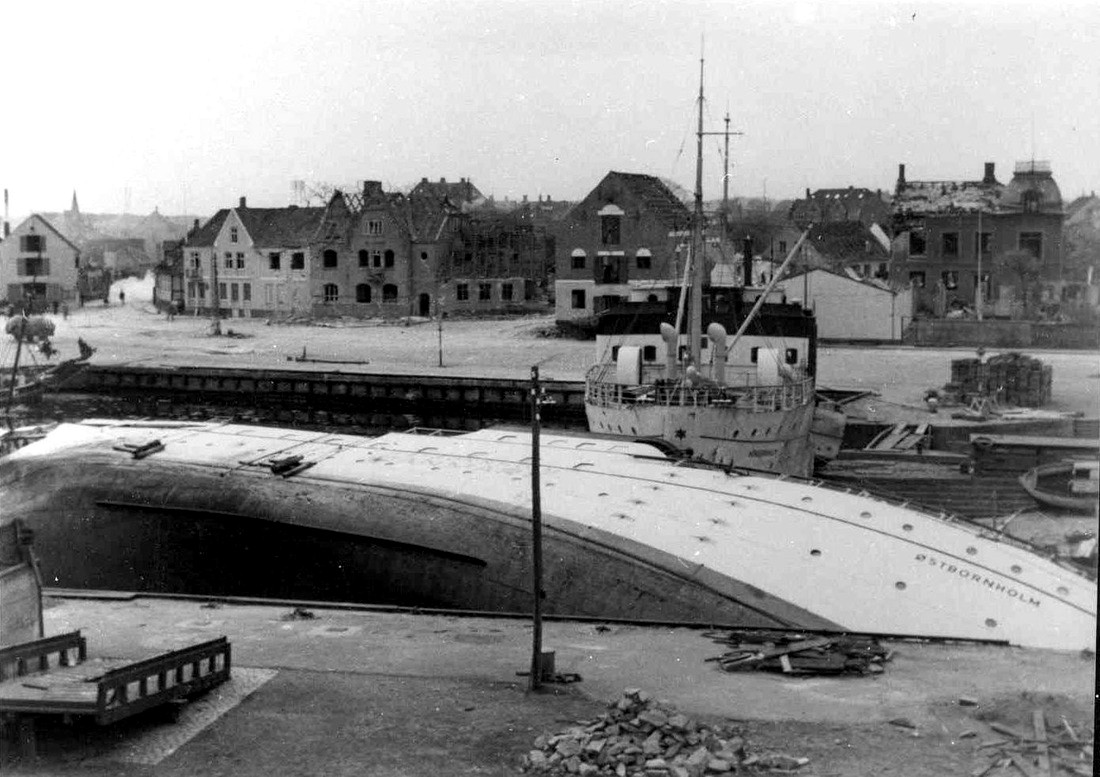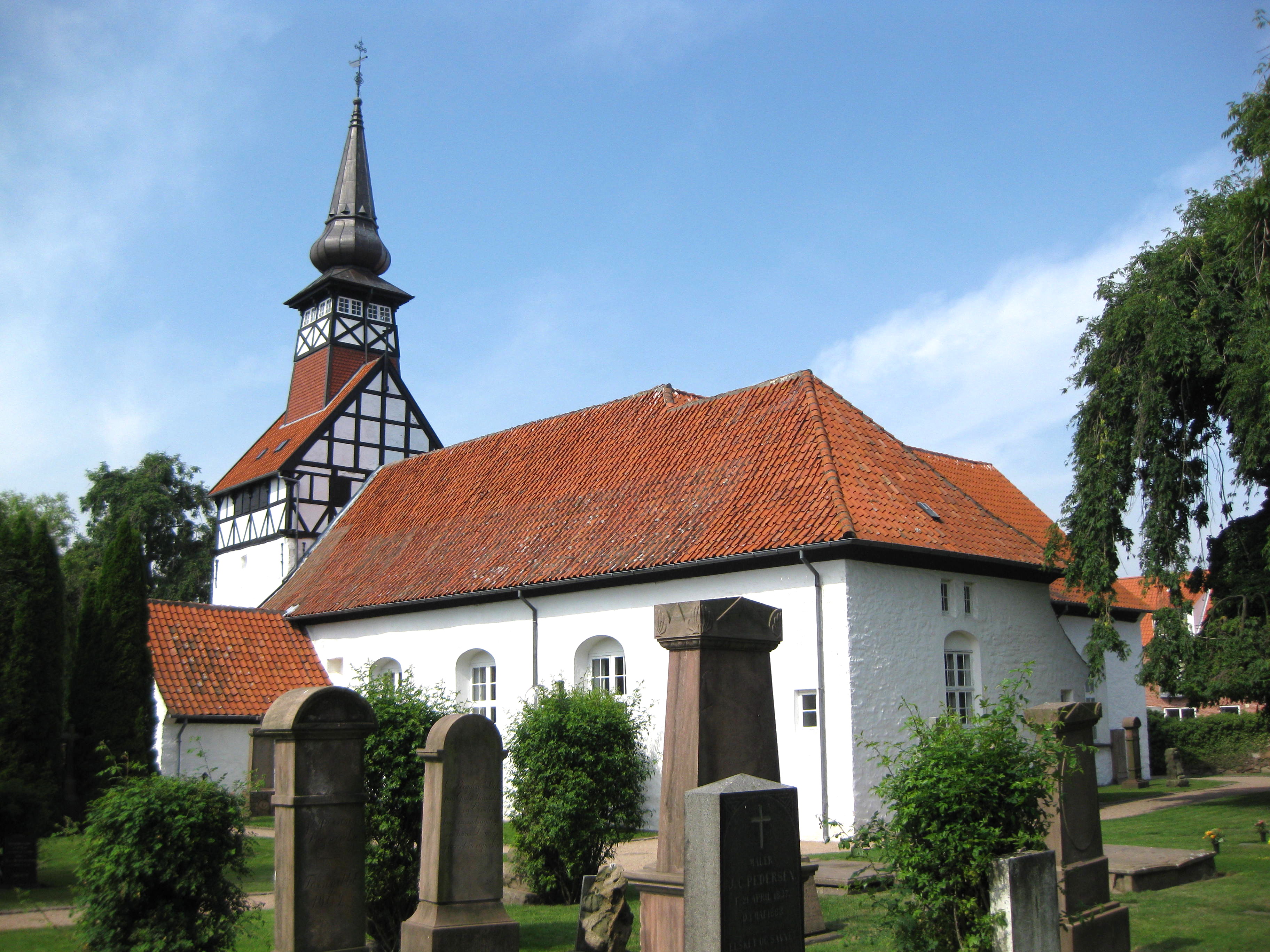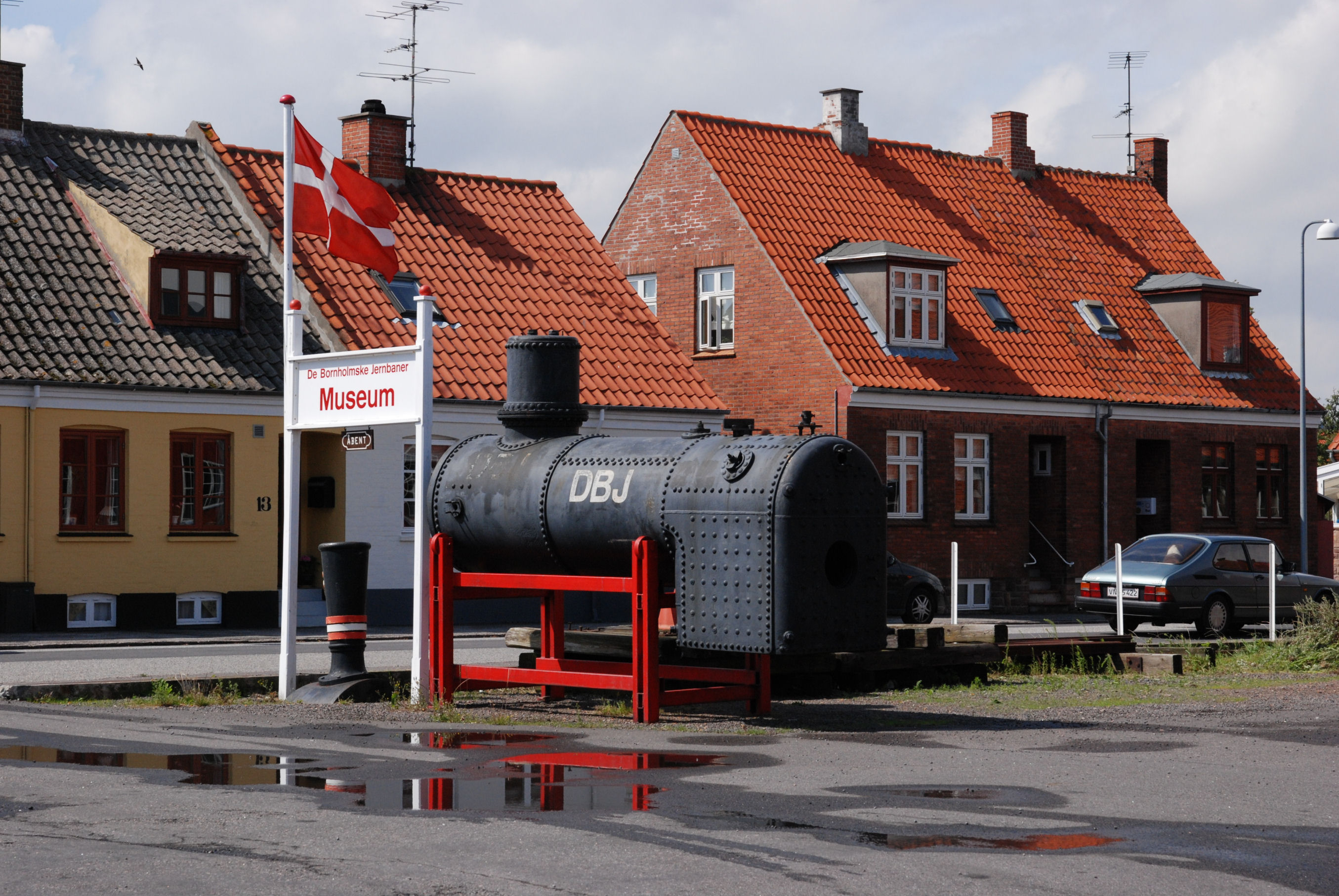|
Nexø
Nexø, sometimes spelled Neksø ( sv, Nexö), is a town on the east coast of the Baltic island of Bornholm, Denmark. With a population of 3,668 (as of 1 January 2022), it is the second largest town, as well as the largest fishing port on the island. Fishing was previously the mainstay of the town's economy. Nexø is also the site of a distillery (Bornholmske Spiritfabrik ApS) and a mustard factory (Bornholmersennep ApS). The town is also a port of call for the passenger ferries linking Bornholm with Kołobrzeg in Poland. Dueodde, the largest beach on Bornholm, is located south of Nexø, in the southeastern corner of the island. Etymology "Nexø" is possibly a combination of the Old Norse elements "nøkke", meaning Nix or water spirit, and "sæ" (sea). It was first documented in 1346 as ''Nexe''. [...More Info...] [...Related Items...] OR: [Wikipedia] [Google] [Baidu] |
Nexø Havn 1945
Nexø, sometimes spelled Neksø ( sv, Nexö), is a town on the east coast of the Baltic Sea, Baltic island of Bornholm, Denmark. With a population of 3,668 (as of 1 January 2022), it is the second largest town, as well as the largest fishing port on the island. Fishing was previously the mainstay of the town's economy. Nexø is also the site of a distillery (Bornholmske Spiritfabrik ApS) and a mustard factory (Bornholmersennep ApS). The town is also a port of call for the passenger ferries linking Bornholm with Kołobrzeg in Poland. Dueodde, the largest beach on Bornholm, is located south of Nexø, in the southeastern corner of the island. Etymology "Nexø" is possibly a combination of the Old Norse elements "nøkke", meaning Neck (water spirit), Nix or water spirit, and "sæ" (sea). It was first documented in 1346 as ''Nexe''. [...More Info...] [...Related Items...] OR: [Wikipedia] [Google] [Baidu] |
Nexø Municipality
Nexø, sometimes spelled Neksø ( sv, Nexö), is a town on the east coast of the Baltic island of Bornholm, Denmark. With a population of 3,668 (as of 1 January 2022), it is the second largest town, as well as the largest fishing port on the island. Fishing was previously the mainstay of the town's economy. Nexø is also the site of a distillery (Bornholmske Spiritfabrik ApS) and a mustard factory (Bornholmersennep ApS). The town is also a port of call for the passenger ferries linking Bornholm with Kołobrzeg in Poland. Dueodde, the largest beach on Bornholm, is located south of Nexø, in the southeastern corner of the island. Etymology "Nexø" is possibly a combination of the Old Norse elements "nøkke", meaning Nix or water spirit, and "sæ" (sea). It was first documented in 1346 as ''Nexe''. [...More Info...] [...Related Items...] OR: [Wikipedia] [Google] [Baidu] |
Bornholm
Bornholm () is a Danish island in the Baltic Sea, to the east of the rest of Denmark, south of Sweden, northeast of Germany and north of Poland. Strategically located, Bornholm has been fought over for centuries. It has usually been ruled by Denmark, but also by Sweden and by Lübeck. The ruin of Hammershus, at the northwestern tip of the island, is the largest medieval fortress in northern Europe, testament to the importance of its location. Bornholm and Ertholmene comprise the last remaining Danish territory in Skåneland east of Øresund, having been surrendered to Sweden in 1658, but regained by Denmark in 1660 after a local revolt. The island is known as ("sunshine island") because of its weather and ("rock island") because of its geology, which consists of granite, except along the southern coast. The heat from the summer is stored in the rock formations and the weather is quite warm until October. As a result of the climate, a local variety of the common fig, known ... [...More Info...] [...Related Items...] OR: [Wikipedia] [Google] [Baidu] |
Bornholm Municipality
Bornholm () is a Danish island in the Baltic Sea, to the east of the rest of Denmark, south of Sweden, northeast of Germany and north of Poland. Strategically located, Bornholm has been fought over for centuries. It has usually been ruled by Denmark, but also by Sweden and by Lübeck. The ruin of Hammershus, at the northwestern tip of the island, is the largest medieval fortress in northern Europe, testament to the importance of its location. Bornholm and Ertholmene comprise the last remaining Danish territory in Skåneland east of Øresund, having been surrendered to Sweden in 1658, but regained by Denmark in 1660 after a local revolt. The island is known as ("sunshine island") because of its weather and ("rock island") because of its geology, which consists of granite, except along the southern coast. The heat from the summer is stored in the rock formations and the weather is quite warm until October. As a result of the climate, a local variety of the common fig, known ... [...More Info...] [...Related Items...] OR: [Wikipedia] [Google] [Baidu] |
Nexø Museum
Nexø Museum is the town museum of Nexø on the Danish island of Bornholm. Located in the harbour area of the town, it is housed in a historic sandstone building. Exhibitions document the town's history including the periods in the 1940s when it was occupied by the Germans and bombed by the Russians. The building The museum occupies a building from 1796 which served as the town hall until 1856 when it was replaced with a new building in Købmagergade. Around 1890, an extra storey was added."Nexø som helhed" Bornholm: Atlas over byer, bygninger og miljøer. Retrieved 11 November 2012. The building was completed in 1796 as the ''Nexøe Vagt'' (Nexø Guardhouse), manned by four members of the local force. The sandstone used for construction came from ''Frederiks Stenbrud'' (Frederik's Quarry) opened in the north of the town in 1754. It replaced an ea ... [...More Info...] [...Related Items...] OR: [Wikipedia] [Google] [Baidu] |
Nexø Church
Nexø Church is the parish church of Nexø, a port on the eastern coast of the Danish island of Bornholm. ''Nexø Kirke''. Retrieved 27 September 2012. History In the absence of records, it is difficult to date the building precisely, although it appears to have been established at the end of the Middle Ages, initially as a chapel for seafarers. Indeed, it was dedicated to , the of sailors. The church consists of a rectangular Late Gothic nave and a |
Bornholm Butterfly Park
Bornholm Butterfly Park ( da, Bornholms Sommerfuglepark) is located on the western outskirts of Nexø on the Danish island of Bornholm. Over a thousand brightly coloured butterflies from around the world can be seen in a large former hothouse while wild Danish species abound in the flowery garden."Bornholm Butterfly Part" , Enjoy Bornholm. Retrieved 11 November 2012. Description The butterfly park was founded in 1997 in a former nursery garden. Visitors can experience the many different species in natural surroundings. Mating can also be seen as well as the development of eggs into caterpillars and chrysalises. In the butterfly house there are also |
Balka
Balka, also Balke, is a village and seaside resort midway between Nexø and Snogebæk on the southwest coast of the Denmark, Danish island of Bornholm. As of 2022, it has a population of 200. It is best known for its wide beach with fine white sand. Etymology The current name "Balka" ending with an A is incorrect as the locality was originally called "Balke" as can be seen on Bernhard Frantz Hammer's map from 1746. The original name stems from the sea sweeping up banks of sandstone fragments known as "balke". "Balk" comes from the Old Norse "balkr" and is used in modern Danish to denote a boundary between two fields. The sandstone banks known as "Balke Udmark" have now been largely destroyed by quarrying and construction."Balke Strand" ''På 367 ture i Bornholms natur''. Retrieved 9 November 2012. History The community g ...[...More Info...] [...Related Items...] OR: [Wikipedia] [Google] [Baidu] |
Bornholm Railway Museum
The Bornholm Railway Museum ( da, De Bornholmske Jernbaner Museum) is a museum in Nexø on the Danish island of Bornholm Bornholm () is a Danish island in the Baltic Sea, to the east of the rest of Denmark, south of Sweden, northeast of Germany and north of Poland. Strategically located, Bornholm has been fought over for centuries. It has usually been ruled by ... documenting the island's railways which operated from 1900 to 1968. Located in the harbour area of the town, it has put together an exhibition representing the look of an old Bornholm station. Of particular interest is DBJ No. 26, a mail car and the only remaining Bornholm railway carriage. The museum is housed in a large wooden building on the harbour side, once the premises of the boat building company, Nexø Både. In 1999, Nexø Museum and Foreningen De Bornholmske Jernbaner (Bornholm Railway Association) completed comprehensive renovation of the site in order to create an exhibition on ''Toget og Havnen'' (T ... [...More Info...] [...Related Items...] OR: [Wikipedia] [Google] [Baidu] |
Kołobrzeg
Kołobrzeg ( ; csb, Kòlbrzég; german: Kolberg, ), ; csb, Kòlbrzég , is a port city in the West Pomeranian Voivodeship in north-western Poland with about 47,000 inhabitants (). Kołobrzeg is located on the Parsęta River on the south coast of the Baltic Sea (in the middle of the section divided by the Oder River, Oder and Vistula Rivers). It is the capital of Kołobrzeg County. During the Pomerania during the Early Middle Ages, Early Middle Ages, the Pomeranians (Slavic tribe), Pomeranian tribes established a settlement at the site of modern-day Budzistowo. Thietmar of Merseburg first mentioned the site as ''Salsa Cholbergiensis''. Around the year 1000, when the city was part of Poland, it became the seat of the Diocese of Kołobrzeg, one of five oldest Polish dioceses. During the Pomerania during the High Middle Ages, High Middle Ages, the town was expanded with an additional settlement inhabited by German settlers a few kilometers north of the stronghold and chartered with ... [...More Info...] [...Related Items...] OR: [Wikipedia] [Google] [Baidu] |
Bodilsker
St. Bodil's Church ( da, Sankt Bodil Kirke) is a parish church dating from the 13th century located in Denmark, 4 km west of Nexø on the Danish island of Bornholm."Bodils kirke" , ''Bornholmerguiden.dk''. Retrieved 13 July 2012. History Built around 1200, the church was dedicated to the English saint Botulf but by 1530 it had mistakenly become known by the woman's name "Bodil" although there has never been a Saint Bodil. As a result, the parish is called Bodilsker (Bodil's Church in Bornholm dialect). The church first belonged to the , then came under the ...[...More Info...] [...Related Items...] OR: [Wikipedia] [Google] [Baidu] |
Denmark
) , song = ( en, "King Christian stood by the lofty mast") , song_type = National and royal anthem , image_map = EU-Denmark.svg , map_caption = , subdivision_type = Sovereign state , subdivision_name = Danish Realm, Kingdom of Denmark , established_title = History of Denmark#Middle ages, Consolidation , established_date = 8th century , established_title2 = Christianization , established_date2 = 965 , established_title3 = , established_date3 = 5 June 1849 , established_title4 = Faroese home rule , established_date4 = 24 March 1948 , established_title5 = European Economic Community, EEC 1973 enlargement of the European Communities, accession , established_date5 = 1 January 1973 , established_title6 = Greenlandic home rule , established_date6 = 1 May 1979 , official_languages = Danish language, Danish , languages_type = Regional languages , languages_sub = yes , languages = German language, GermanGerman is recognised as a protected minority language in t ... [...More Info...] [...Related Items...] OR: [Wikipedia] [Google] [Baidu] |





